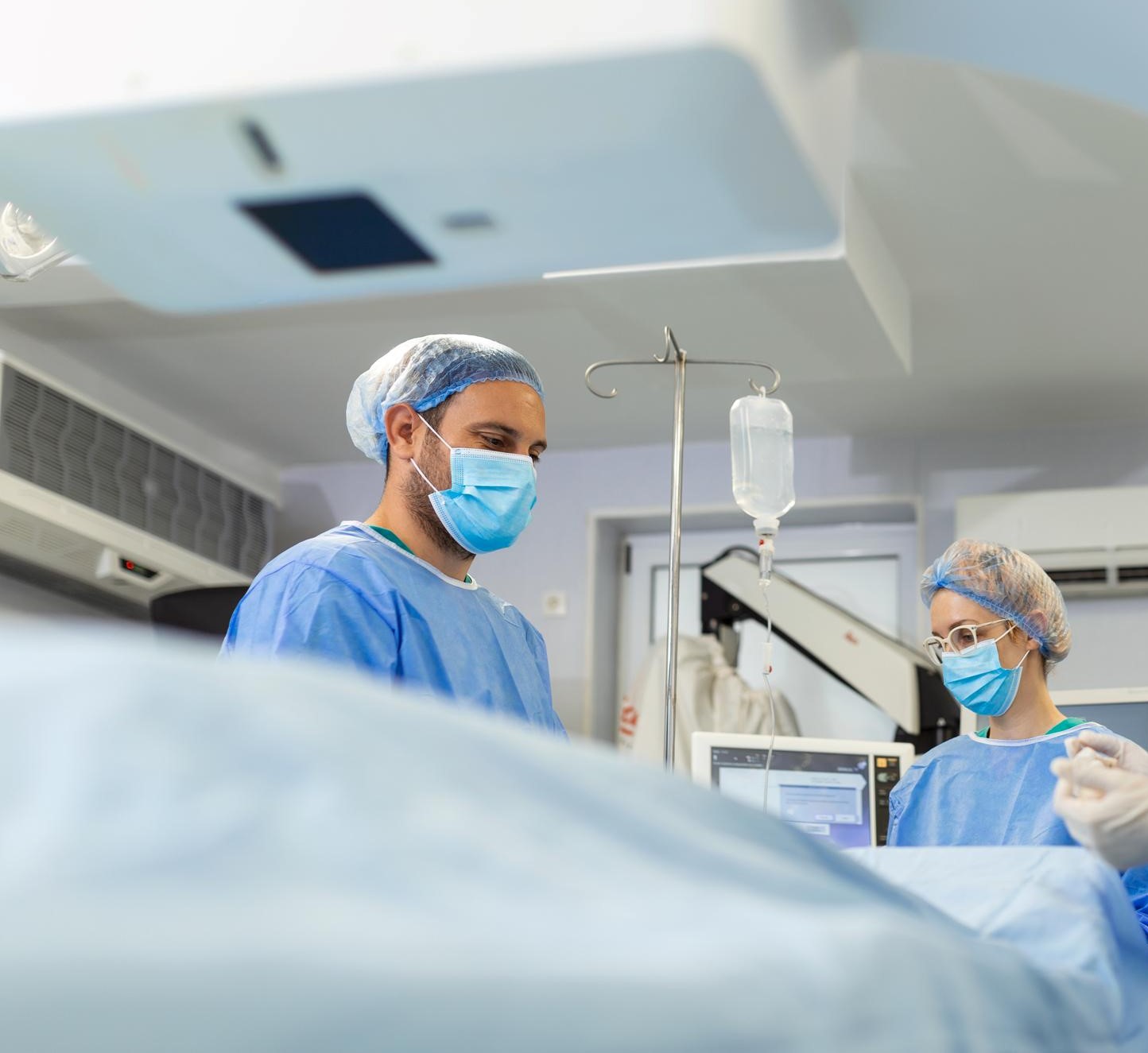Causes and risk factors for hernias
Hernias are caused by a combination of muscle weakness and strain. A hernia can develop quickly or over a long period, depending on its cause. Some of the common causes and risk factors for hernias include:
- Age: As we age, our muscles weaken, increasing the risk of hernias.
- Chronic coughing or sneezing: These actions can put pressure on your abdominal wall, leading to a hernia.
- Heavy lifting: Lifting heavy objects without stabilizing the abdominal muscles can lead to a hernia.
- Obesity: Extra weight can cause pressure on your abdomen, leading to a hernia.
- Pregnancy: The pressure and weight from pregnancy can cause hernias in women.
- Previous surgical incision: Hernias can form at the site of previous surgeries.


